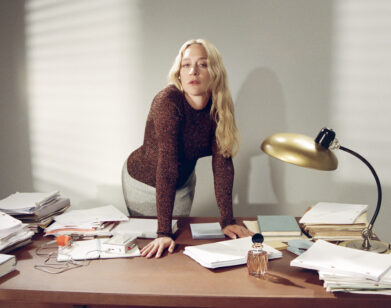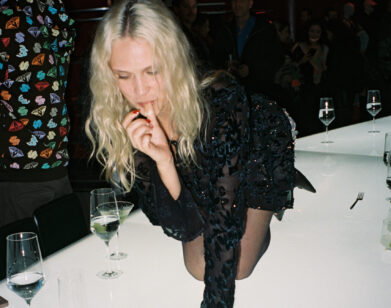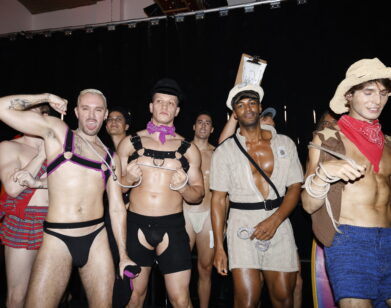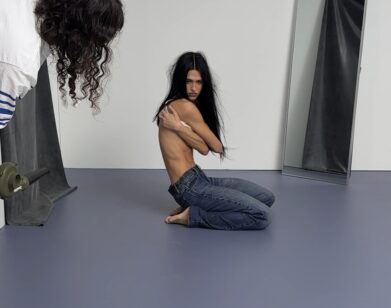The Genesis of Hunrod
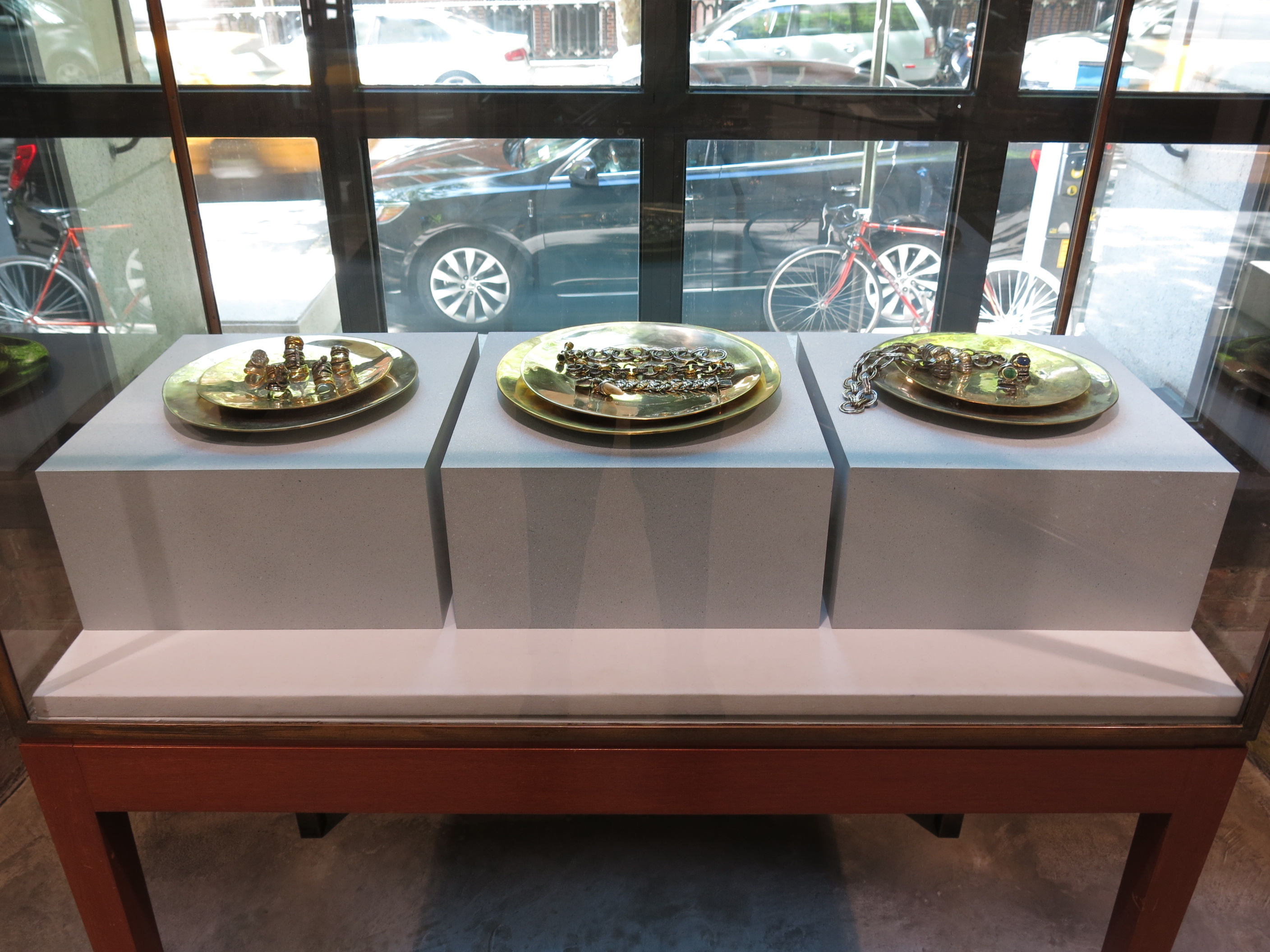
ABOVE: THE HUNROD INSTALLATION ON THE GROUND FLOOR OF DOVER STREET MARKET NEW YORK. PHOTO COURTESY OF DOVER STREET MARKET NEW YORK.
Michèle Lamy and Loree Rodkin first met in Los Angeles in 1979. Born and raised in France, Lamy had just moved to the city and opened an eyewear store called Too Soon to Know. Rodkin, who managed A-List actors, was a fan. “Michèle floated by as a goddess; I thought she was the most amazing creature I’d ever seen,” says Rodkin at Dover Street Market in New York. Their admiration was mutual: “She was the fabulous agent to the stars—Miss Hollywood,” adds Lamy.
The two continued to cross paths around Los Angeles and became close friends as they pursued their separate creative endeavors. Lamy opened a restaurant-salon called Les Deux Cafés (“the cool place to go,” recalls Rodkin, “it was all the most creative people”), met and married Rick Owens, and later moved to Paris where she acted as Owens’ business partner and helped launch the career of Gareth Pugh. Rodkin, who had collected gothic furniture and medieval art since she was 19, began designing jewelry inspired by a suit of armor she owned. Her intention was to design only for herself: “I was a rock chick and there was no cool jewelry on the market. I liked articulated jewelry and I liked boy jewelry on girls—nothing dainty and feminine at the time,” she says. Some of her famous friends took note (“Elizabeth Taylor was my first client”), and Maxfield’s launched her first official collection. “I was managing artists at the same time. It would be like, ‘Brad [Pitt], there’s an amazing role on page five. Can you hand on one second?’ ‘I need three carats of rubies!’ ‘So, Brad…'” Not everyone in Hollywood respected Rodkin’s creative talents: “They were like, ‘Who the fuck does she think she is?’ They couldn’t wrap their heads around me being creative and being a tough chick.”
Last year, Lamy and Rodkin decided to collaborate for the first time on a jewelry collection called Hunrod. It was Rick Owens who suggested the name, a combination of Owens’ pet name for Lamy and Rodkin’s surname. “It wasn’t anything that either of us were looking to do. She had a ring of mine and was wearing a ring of hers. I made a comment, and she was like, ‘Why don’t we…'” says Rodkin. “It was in one second because of our story,” says Lamy. “One second and years of life that made the decision.”
The 15-piece Hunrod collection is currently on display in at Dover Street Market New York in an installation launched last week for the concept store’s “Arts Week.” Each piece is made in Los Angeles using bronze, silver, and 18k gold. Tarnished toggle bracelets sit next to gothic rings that, stacked and fused and decorated with rough cut diamonds and colored stones, creep up the fingers like a spinal column.
Lamy has long been a fashion icon. Rodkin remembers her as the woman everyone wanted to be in her “long, slinky Rick Owens when Rick Owens was just emerging.” When we meet at Dover Street Market, she is wearing a suede dress with tufts of fur on the front. Her fingers are capped in black paint and covered in chunky rings. “I hate to say I’m so consistent [in my style], but I always thought Berber, even if I was in Place de la Concorde,” says Lamy when asked if her personal style has changed over the last 30 years. Rodkin has a different answer: “I would hope my style’s changed,” she laughs. “I was so channeling Madonna in the ’80s. It would not have been a good look now. I had clips in my hair and crinoline skirts. Cher and I were photographed at a party. I want to shoot myself that that picture exists.”
HUNROD IS CURRENTLY AVAILABLE AT DOVER STREET MARKET AND RICK OWENS STORES. FOR MORE INFORMATION, VISIT THE DSMNY WEBSITE.


